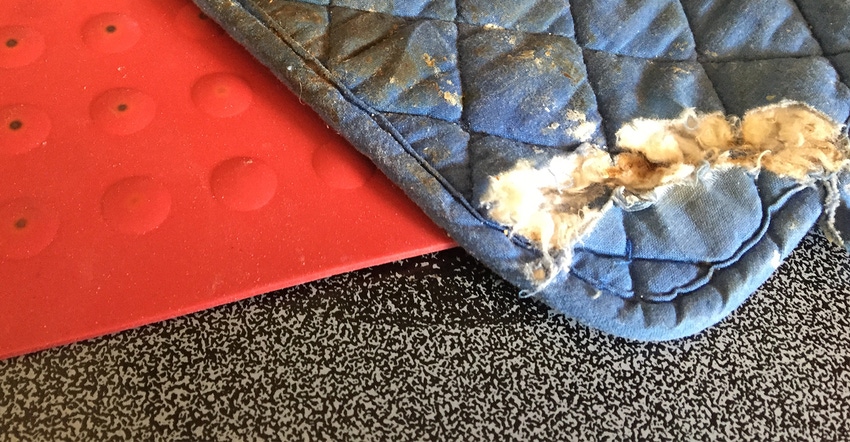November 23, 2017

Do you have something cooking? It is a question asked many times at my house. The frequency increases around the holidays. It is not a question because of the sweet aroma wafting through the house. No, it means something is off.
What follows is me yelling, "Shoot!" running to the kitchen and watching yet another potholder burst into flames. And I have don't even have an open flame — it is an electric stove.
For some reason, after 26 years I still have not mastered the multitasking of baking, cooking and visiting during the holidays. Inevitably, I start a dish on the stove. Remove it. Take out a dish from the oven and place the potholder directly on the hot electric burner. Return to the living room filled with family and friends. Smell smoke.
I am not alone, according to Missouri State Fire Marshal Tim Bean. Thanksgiving is the peak day for home cooking fires, followed by Christmas Day and Christmas Eve. "Cooking equipment and heating equipment are the leading causes of these fires, but candles, decorations and Christmas trees are other areas where safety must come first," he says.
Safety tips
To avoid a potential fire in your home, here are Bean's holiday fire safety tips for the entire house.
Here's how to avoid a fire when cooking:
• Someone should remain in the kitchen when cooking on the stove top and remain at home when cooking a turkey so you can check on it frequently.
• Keep children away from the stove; arrange pans on the stove top so handles face inward.
• Be prepared to deal with potential cooking fires. Remember, never put water on a grease fire.
• If using a turkey fryer, remember: Use it outdoors on a flat, level surface that is a safe distance from the house, garage, decks and trees. Don't operate a fryer in snow or rain. Follow the manufacturer's instructions to avoid overfilling. Make sure the turkey is completely thawed and dry. Turn off the burner before lowering the turkey into the oil. Once submerged, restart the burner. Never leave the fryer unattended.
• Keep children and pets away from the fryer.
Here's what to do — and not to do — with decorations:
• Don't overload outlets, power strips or extension cords, and never allow cords to dangle off kitchen counters or any other surface.
• Avoid using real candles as part of decorations, and remember: Always exercise basic safety when using candles throughout the home. Never leave children alone in a room with a lit candle.
• Never leave a lighted Christmas tree or other decorative lighting displays unattended. Turn lights off when leaving the home or going to bed. Inspect lights for exposed or frayed wires, loose connections and broken sockets. Do not overload extension cords or outlets, and do not place an electrical cord under a rug.
• Understand that natural-cut, real Christmas trees always involve some fire risk. To minimize the risk, choose a fresh tree and keep it watered at all times. Do not put the tree within 3 feet of a fireplace, space heater, radiator or heat vent.
• Decorate with children in mind. Trim protruding branches at or below a child's-eye level, and keep lights out of reach. Do not put ornaments that have small parts or metal hooks — or look like food or candy — on the lower branches, where small children can reach them.
• Do not burn Christmas tree branches, treated wood or wrapping paper in a home fireplace.
You May Also Like




